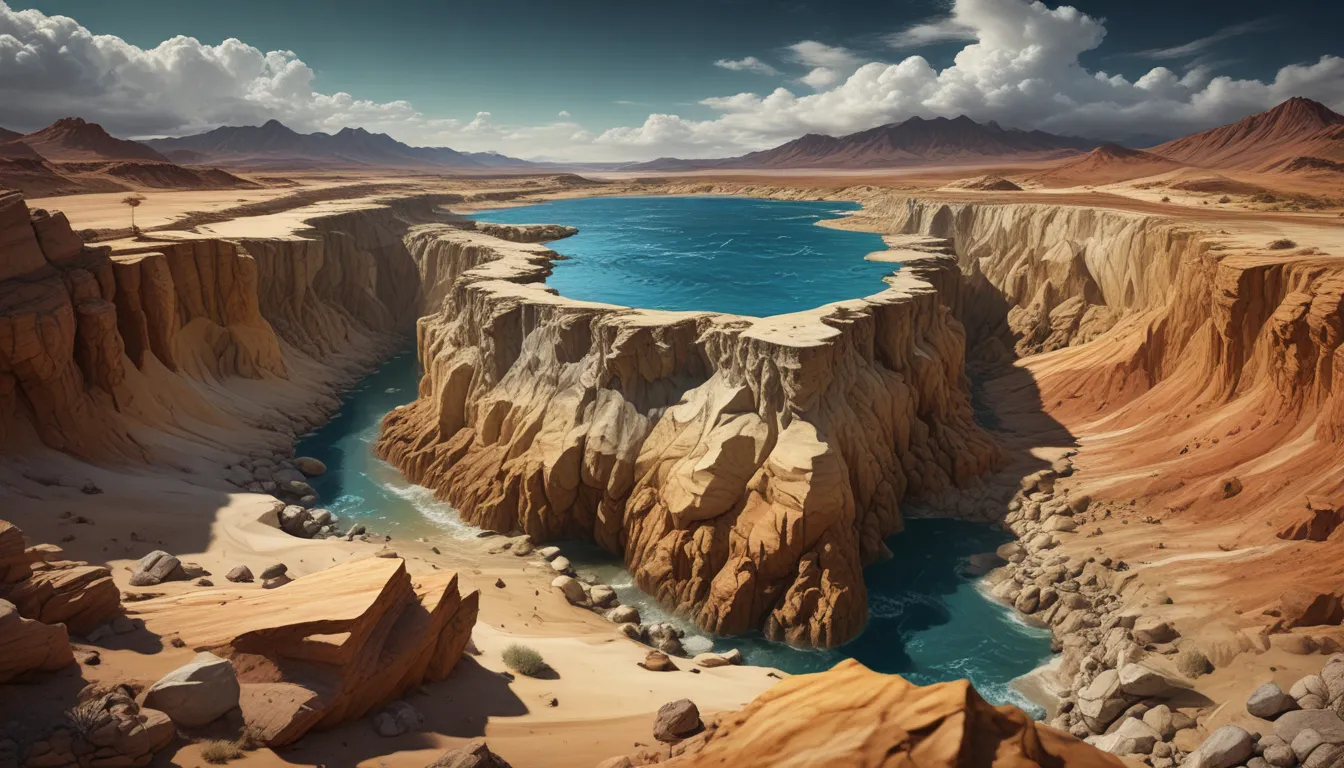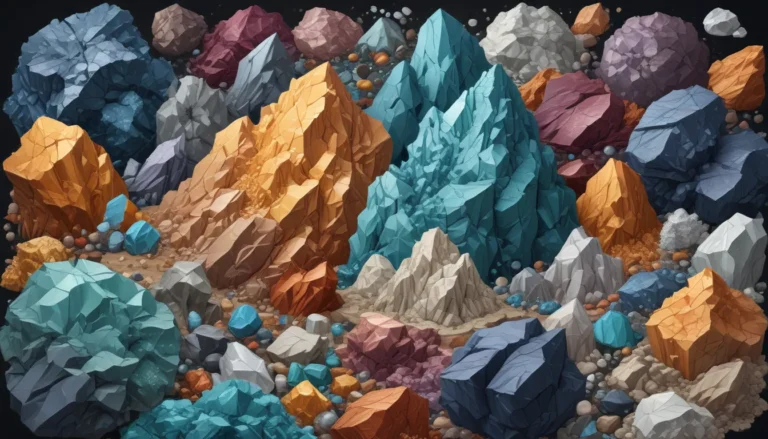A Note About Images: The images used in our articles are for illustration purposes only and may not exactly match the content. They are meant to engage readers, but the text should be relied upon for accurate information.
Welcome to a fascinating journey through the captivating realm of sediments, where each grain holds a story waiting to be discovered. Sediments are not just particles settled at the bottom of bodies of water; they are like Earth’s history books, holding clues about past environments, climate changes, and the evolution of life. In this article, we will delve into 15 intriguing facts about sediments, shedding light on their formation, composition, and significance in unraveling the mysteries of our planet.
Unlocking the Secrets of Sediments:
Sediments play a crucial role in various scientific fields, including geology, oceanography, and environmental science. They hold valuable information about Earth’s history, climate changes, and the evolution of life. Let’s explore the key takeaways about sediments:
- Sediments are essential for understanding Earth’s past and present dynamics, providing insights into how our planet has evolved over millions of years.
- They act as natural archives of environmental changes, preserving records of past events such as volcanic eruptions, sea level fluctuations, and climate shifts.
The Formation of Sediments:
Sediments are formed through the process of weathering and erosion, where rocks and minerals break down into smaller particles. This breakdown is caused by natural forces such as water, wind, or ice. Sediments can be classified into different categories based on their size, including gravel, sand, silt, and clay. Understanding these classifications is crucial in studying the behavior and properties of different sediment types.
The Role of Sediments in Geological Processes:
Sediments play a vital role in the formation of sedimentary rocks through a process known as lithification. Over time, the accumulation and compaction of sediments lead to the transformation of loose particles into solid rock through pressure and cementation. By studying the composition and characteristics of sediments, scientists can gain valuable insights into Earth’s history and geological events.
Environmental Significance of Sediments:
Sediments are integral to the global carbon cycle and play a significant role in storing and cycling carbon within the Earth’s systems. They also impact agricultural productivity, coastal dynamics, and aquatic ecosystems. However, excessive sediment runoff from human activities can lead to sediment pollution in water bodies, disrupting aquatic ecosystems and degrading water quality.
Exploring Sediments Across Various Disciplines:
Sediments are subject to ongoing research in the fields of geology and environmental science, contributing to our understanding of geological processes, environmental changes, and the Earth’s history. In archaeological studies, sediments provide insights into past human activities, settlements, and cultural practices. Understanding sedimentary records can also aid in assessing and mitigating risks associated with natural disasters.
Delving Deeper into Sedimentary Marvels:
Embark on a captivating geological journey by exploring sedimentary rocks, natural levees, and alluvial fans. Discover the surprising characteristics of sedimentary rock formations, learn how natural levees shape landscapes and protect communities from flooding, and uncover the formation and significance of alluvial fans, showcasing the power of erosion and deposition. Each topic offers a unique glimpse into the complex processes that shape our planet and invites you to expand your knowledge and appreciation for Earth’s geological marvels.
Conclusion:
In conclusion, sediments hold a wealth of information about Earth’s geological processes and environmental changes. Studying the formation, composition, and significance of sediments provides valuable insights into our planet’s history and evolution. As we continue to unravel the mysteries of sediments, we gain a deeper understanding of ancient landscapes, climate changes, and the evolution of life on Earth. Let’s continue exploring the intricate world of sediments and appreciate the dynamic forces that have shaped our planet over millions of years.
FAQs:
What are the different types of sediments?
Sediments can be broadly categorized into three main types: clastic, chemical, and organic. Clastic sediments are composed of rock and mineral fragments, while chemical sediments form from the precipitation of dissolved minerals. Organic sediments originate from the remains of living organisms, such as shells and plant debris.
How do sediments contribute to understanding Earth’s history?
Sediments serve as a historical record of Earth’s geological and environmental changes. By analyzing sediment layers, scientists can reconstruct past climates, ecosystems, and geological events, providing valuable insights into the Earth’s evolutionary processes.
Our commitment to delivering trustworthy and engaging content ensures that each fact on our site is contributed by real users like you, bringing diverse insights and information. Trust in our dedication to quality and authenticity as you explore and learn with us. Sediments are not just particles at the bottom of bodies of water; they are the threads that weave together the intricate tapestry of Earth’s geological and environmental processes, inviting us to delve deeper into the wonders of our planet.






